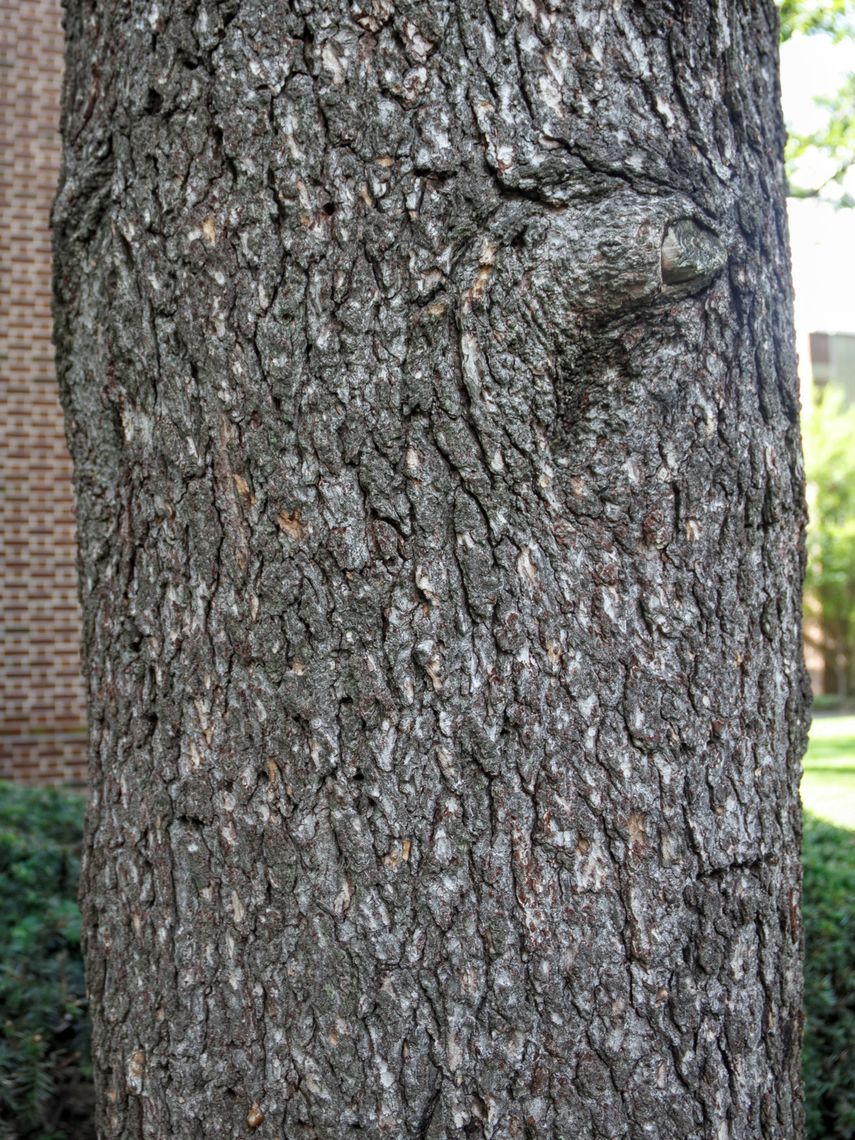Atlas Cedar (Cedrus atlantica)
The Atlas cedar has blue-green needles and prominent cones. Male cones are long and oval shaped and release clouds of yellow pollen in September. Female cones are more egg-shaped and are of a blue-green color when young, eventually maturing to brown. The atlas cedar grows slowly and its shape varies greatly from its young stages to its mature stage. When young, the tree has a pyramidal shape and is sparsely branched. With age, the tree becomes denser, flat topped, and has broad horizontally spreading branches.
Family: Pinaceae (Pine)
Characteristics: Needles are ¾ to 1 ½ inches long and are a rich green-blue. Male cones are 2-3 inches long, oval shaped, and release clouds of yellow pollen in September. Female cones appear on the same tree and are 3 inches long and 2 inches wide, with an egg-like shape. When first emerging, these cones are blue-green, but once matured, they turn brown. These female cones only appear on older trees. In its youth, this tree has a pyramidal shape and is sparsely branched. After 10-20 years, the tree becomes more dense, and eventually becomes flat topped with broad horizontally spreading branches. This tree grows 40-60 feet high and 30-40 feet wide.
Foliage: Evergreen (Foliage present year round)
Geographic Origin: Northwest Africa: Morocco, Algeria (non-native)
Cultivation Notes: Requires medium maintenance. Does best in full sun and prefers acidic and well drained soil. This tree is drought tolerant once established.
Number on Campus: 1
Sources: Dirr, Morton Arboretum, Missouri Botanical Garden
* Tree photgraphed is not in optimal condition. For better photographs see also:
http://www.missouribotanicalgarden.org/PlantFinder/FullImageDisplay.aspx?documentid=8959
http://www.missouribotanicalgarden.org/PlantFinder/FullImageDisplay.aspx?documentid=14563
http://www.missouribotanicalgarden.org/PlantFinder/FullImageDisplay.aspx?documentid=14566



